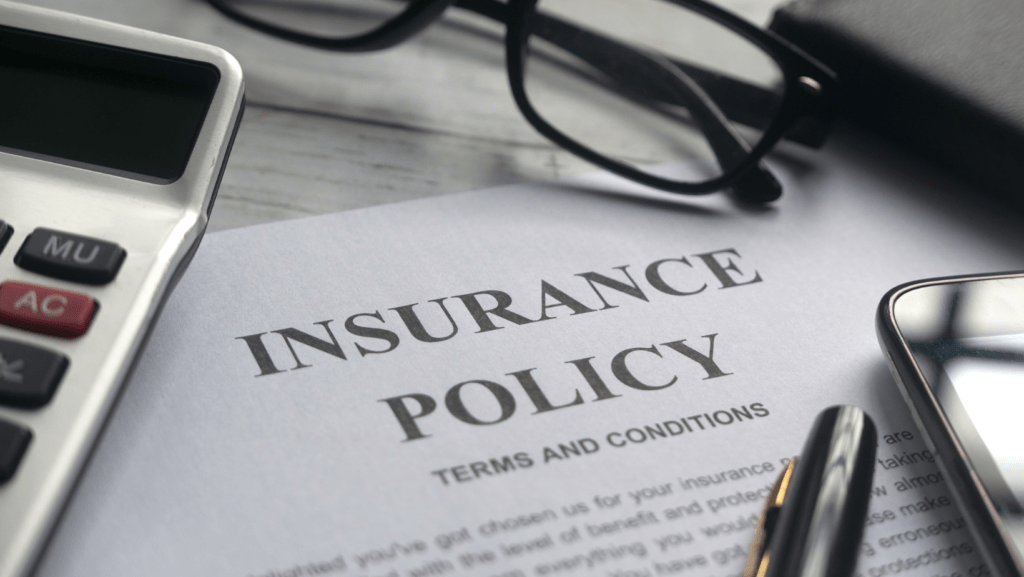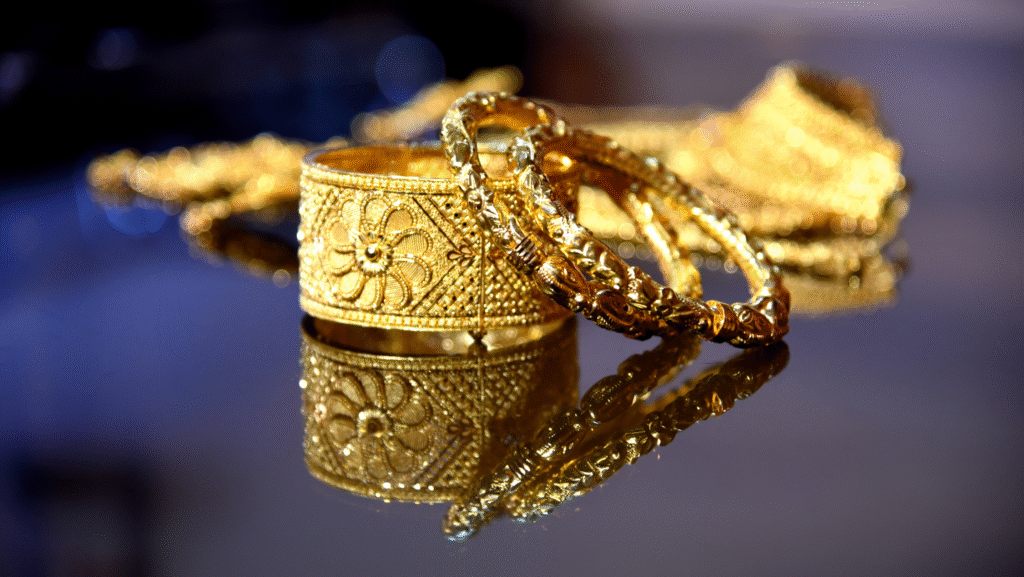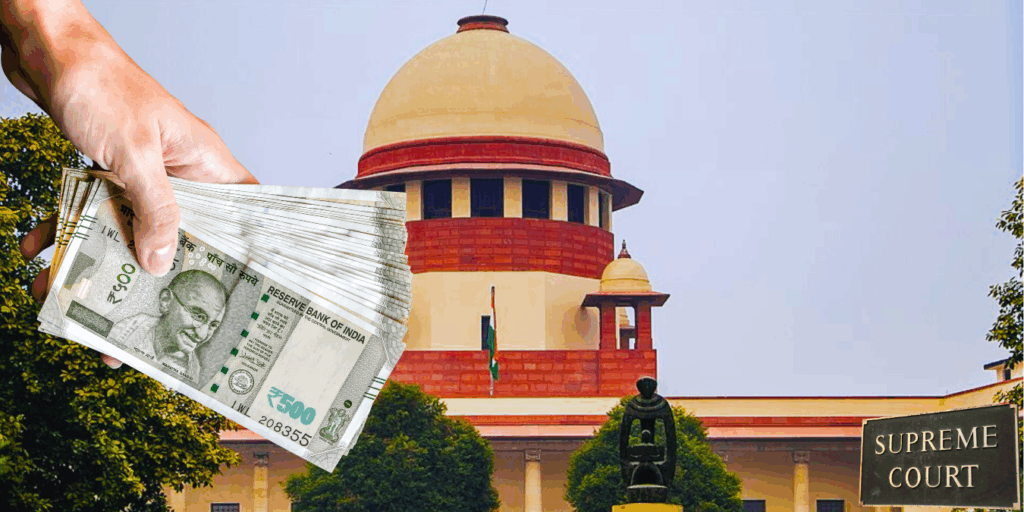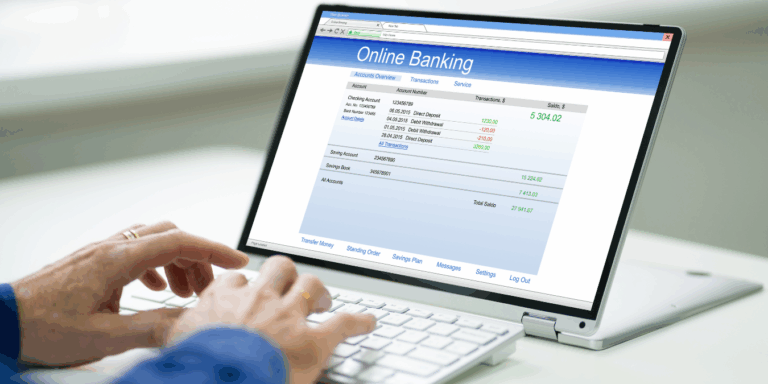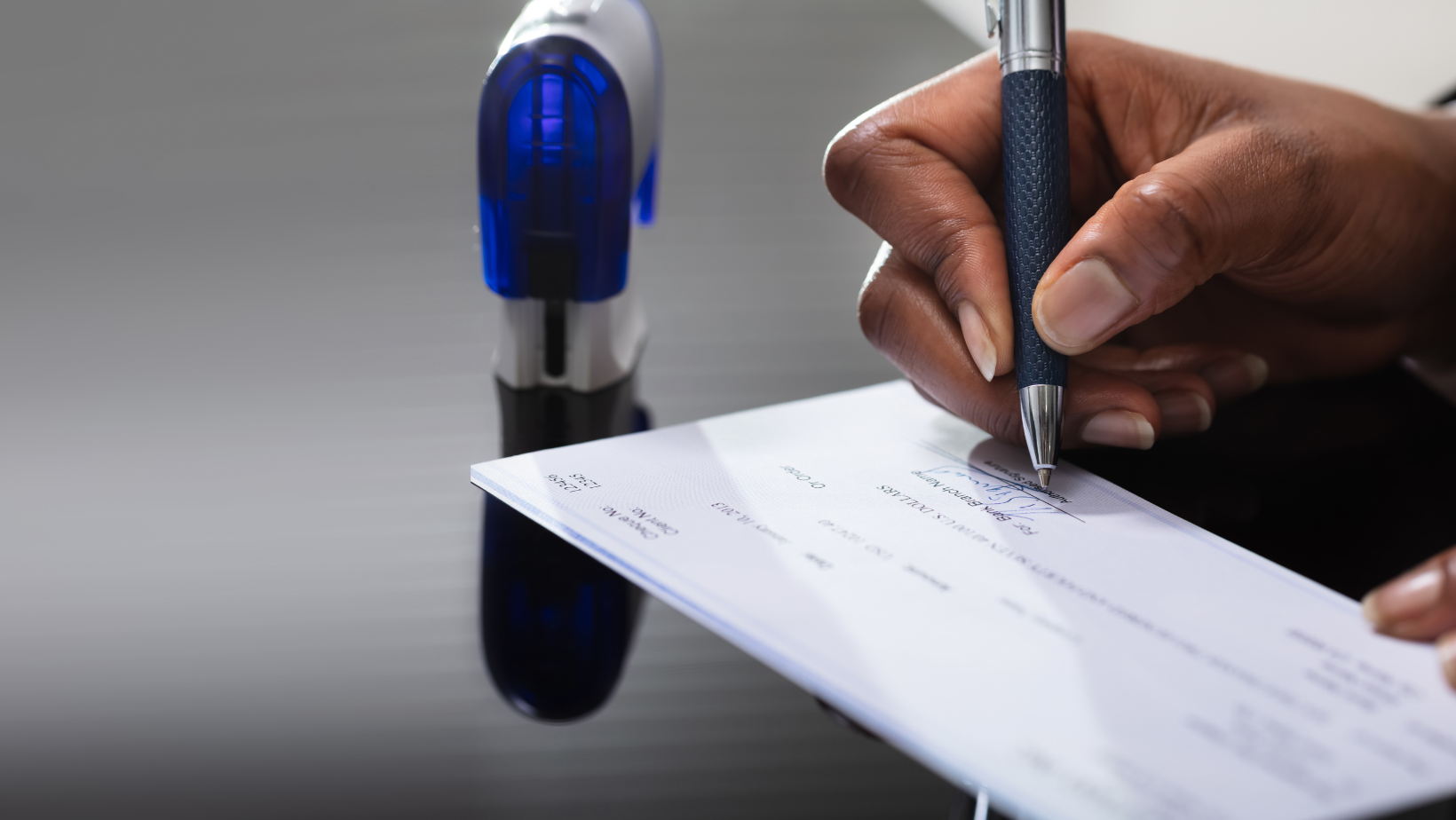
” Meaning of the two lines on a crossed cheque, their purpose, and how they enhance security. Learn about general vs special crossing, fraud prevention, and the latest trends in cheque usage. A must-read guide for understanding crossed cheques and their role in secure financial transactions. “
In the world of banking and finance, cheques remain a widely used instrument for transferring funds securely. Despite the rise of digital payment methods, cheques continue to play a significant role in business transactions, salary payments, and personal transfers. One of the most common types of cheques is the crossed cheque, which is easily identifiable by the two parallel lines drawn on its top-left corner. But what do these lines mean, and why are they so important? In this blog post, we’ll explore the meaning of the two lines in the corner of a cheque, their purpose, and how they enhance security in financial transactions.
What Is a Crossed Cheque?
A crossed cheque is a type of cheque that has two parallel lines drawn across its face, typically on the top-left corner. These lines can be drawn with or without additional text, such as “& Co.” or “Account Payee Only.” The primary purpose of these lines is to provide an added layer of security to the cheque, ensuring that the funds are deposited directly into the payee’s bank account rather than being cashed over the counter.
The Legal Framework: Negotiable Instruments Act, 1881
The concept of cross cheques is governed by the Negotiable Instruments Act, 1881. According to Section 123 of the Act, a cheque is crossed generally when it bears across its face an addition of two parallel transverse lines, with or without the words “and company” or any abbreviation thereof, between the lines. This general crossing signifies that the cheque must be deposited into a bank account and cannot be cashed directly.
The Meaning of the Two Lines in the Corner of a Cheque
The two parallel lines on a crossed cheque are more than just a design element—they carry significant legal and financial implications. Here’s what they mean:
- Restriction on Cashing Over the Counter
The primary purpose of the two lines is to prevent the cheque from being cashed over the counter at a bank branch. Instead, the funds must be deposited directly into the payee’s bank account. This reduces the risk of theft or fraud, as the cheque cannot be encashed by an unauthorized person. - Enhanced Security
The crossing acts as a security feature, ensuring that the cheque can only be credited to a bank account. This makes it difficult for fraudsters to misuse the cheque, as they would need access to the payee’s bank account to withdraw the funds. - Legal Protection
Once a cheque is crossed, it becomes a legal document that is governed by specific banking rules. If a crossed cheque is lost or stolen, the payer can request the bank to stop payment, reducing the risk of financial loss.
Types of Cross Cheques
There are several types of cross cheques, each serving a specific purpose:
- General Crossing: This is the most common type of crossing, where two parallel lines are drawn on the cheque. It indicates that the cheque must be deposited into a bank account and cannot be cashed over the counter.
- Special Crossing: In this type, the name of a specific bank is written between the parallel lines. This means that the cheque can only be deposited into an account at the specified bank.
- Account Payee Crossing: When the words “Account Payee” are added between the parallel lines, it means that the cheque can only be deposited into the account of the named payee. This adds an extra layer of security, ensuring that only the intended recipient can access the funds.
Why Are Crossed Cheques Important?
Crossed cheques play a crucial role in ensuring the security and integrity of financial transactions. Here are some key reasons why they are important:
- Prevention of Fraud
By restricting the cheque to a bank account, crossed cheques reduce the risk of fraud and unauthorized access to funds. This is especially important in high-value transactions. - Traceability
Crossed cheques provide a clear audit trail, as the funds are deposited directly into a bank account. This makes it easier to track the transaction and resolve any disputes that may arise. - Legal Compliance
In many countries, crossing a cheque is a legal requirement for certain types of transactions. For example, businesses are often required to issue crossed cheques for salary payments to ensure that the funds are credited to the employee’s bank account. - Convenience
Crossed cheques are a convenient way to transfer funds without the need for cash. They are widely accepted and can be used for both domestic and international transactions.
How to Write a Crossed Cheque
Writing a crossed cheque is a simple process. Here’s a step-by-step guide:
- Draw Two Parallel Lines
Use a pen to draw two parallel lines across the top-left corner of the cheque. You can also add the words “Account Payee Only” or “& Co.” between the lines for added security. - Fill in the Payee’s Name
Write the name of the payee on the “Pay” line. Make sure to spell the name correctly to avoid any issues with the transaction. - Enter the Amount
Write the amount in both words and numbers to prevent tampering. For example, if the amount is 1,000,write”OneThousandDollars”inwordsand”1,000,write“OneThousandDollars“inwordsand“1,000.00” in numbers. - Sign the Cheque
Sign the cheque in the designated space to authorize the transaction. Make sure your signature matches the one on file with your bank. - Add Additional Details (Optional)
If you want to specify a particular bank for the transaction, you can add the bank’s name between the two parallel lines.
Impact on Cheque Processing
Crossed cheques impact the processing time and method. Since they cannot be cashed directly, they must go through the bank’s clearing process. This typically involves the following steps:
- Deposit: The payee deposits the cheque into their bank account.
- Clearing: The bank processes the cheque through the clearinghouse, verifying the details and ensuring that the funds are available in the drawer’s account.
- Credit: Once the cheque is cleared, the funds are credited to the payee’s account.
Latest Trends and Data on Cheque Usage
While digital payment methods like UPI, mobile wallets, and online banking have gained popularity in recent years, cheques continue to be widely used in many parts of the world. According to a 2023 report by the Federal Reserve, cheque usage in the United States has declined by 7.2% annually since 2018. However, cheques still account for a significant portion of B2B transactions, with over 50% of businesses relying on them for payments.
In countries like India, the Reserve Bank of India (RBI) has introduced several measures to modernize cheque processing, including the implementation of the Cheque Truncation System (CTS). This system allows for the electronic processing of cheques, reducing the time and cost associated with physical cheque clearance.
The two lines in the corner of a crossed cheque are more than just a design element—they are a powerful security feature that protects both the payer and the payee. By restricting the cheque to a bank account, crossed cheques reduce the risk of fraud and ensure that funds reach the intended recipient securely. Whether you’re a business owner, an employee, or an individual, understanding the meaning and importance of crossed cheques can help you make safer and more informed financial decisions.
As the world of banking continues to evolve, crossed cheques remain a reliable and secure method of transferring funds. So the next time you see those two parallel lines on a cheque, you’ll know exactly what they mean and why they matter.
-

The Great IndiGo Reset of 2025: Why a Simple ‘Reboot’ Grounded a Nation And Why You Paid 10x for It!
-

Why India Is Doubling Down on Russian Defense Tech Despite the World Watching
-

The Great Oil Heist: How India is Defying a 50% Trump Tariff to Keep Your Petrol Cheap (But at What Cost?)
-

The $100 Billion Gamble: How India and Russia Are Rewriting Trade Rules Right Under the West’s Nose

